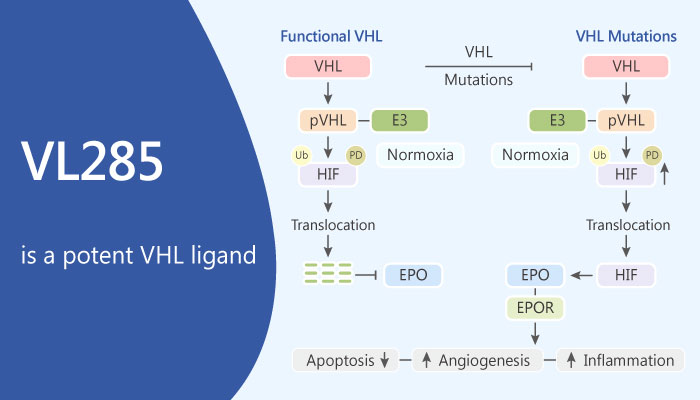A proteolysis targeting chimera (PROTAC) is a two-headed molecule capable of removing specific unwanted proteins. Rather than acting as a conventional enzyme inhibitor, a PROTAC works by inducing selective intracellular proteolysis. PROTACs consist of two covalently linked protein-binding molecules: one capable of engaging an E3 ubiquitin ligase, and another that binds to a target protein meant for degradation. Of course, small molecule-induced protein degradation is an attractive strategy for the development of chemical probes. One method for inducing targeted protein degradation involves the use of PROTACs. They are also a class of heterobifunctional molecules that link a ligand for a protein of interest (POI) to an E3 ligase ligand. HaloTag is a modified bacterial dehalogenase that covalently reacts with hexyl chloride tags. HaloTag fusion proteins have seen wide use as a method to bioorthogonally label proteins in vivo.

Dennis et al has designed a novel class of PROTACs that incorporate small molecule VHL ligands to successfully degrade HaloTag7 fusion proteins. And these HaloPROTACs will inspire the development of future PROTACs with more drug-like properties. Additionally, these HaloPROTACs are useful chemical genetic tools. Among these compounds, VL285 is a potent VHL ligand, degrading HaloTag7 fusion proteins. To confirm that the degradation of GFP-HaloTag7 was proteasome dependent, they used the specific proteasome inhibitor epoxomicin. Treatment with 300 nM epoxomicin completely prevented HaloPROTAC mediated degradation of GFP-HaloTag7. Finally, cotreatment with excess VL285 was able to significantly reduce HaloPROTAC3 mediated activity to 50% degradation. This further implicated VHL in the observed degradation.